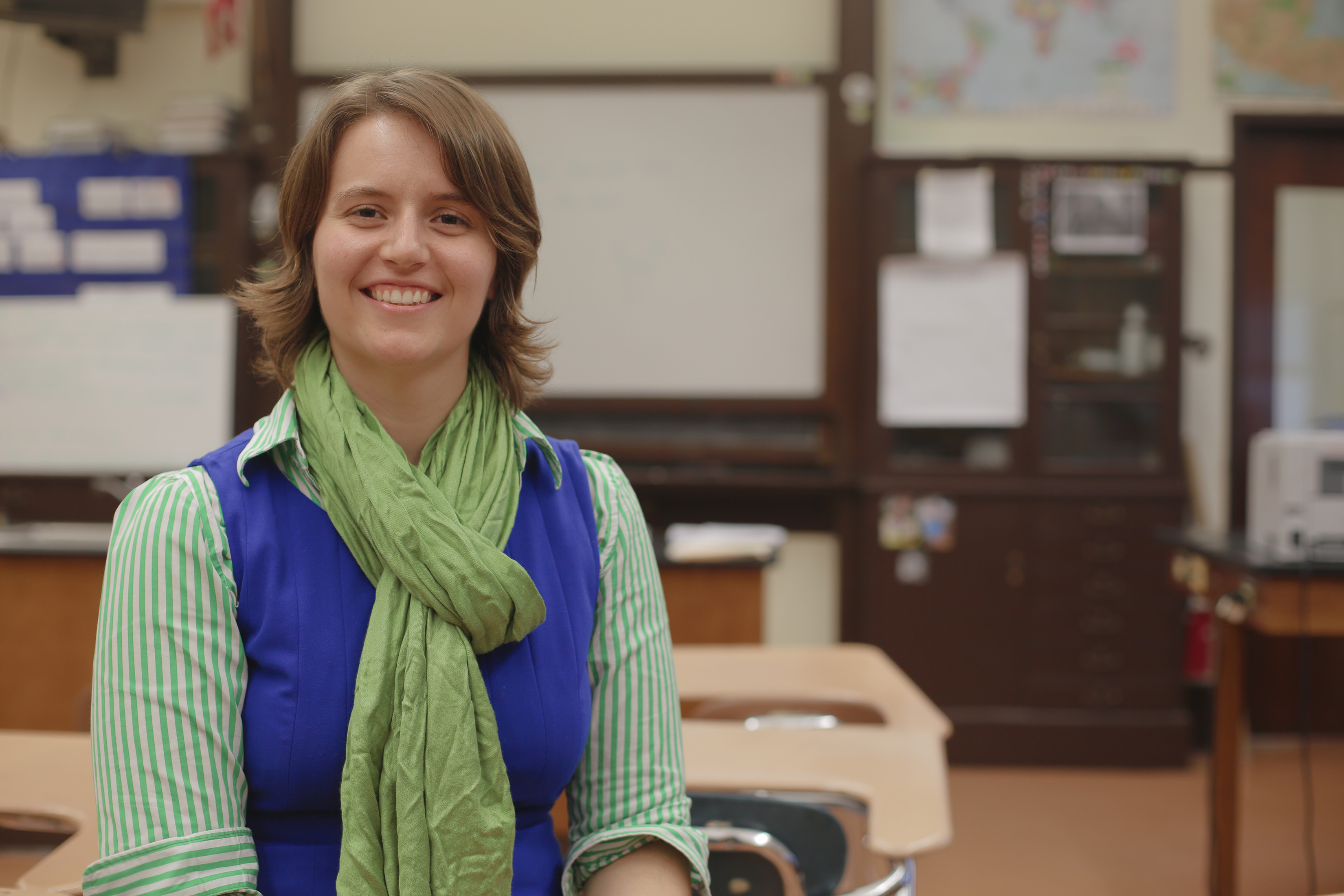STEM Teacher of the Year in Massachusetts
-
-
MIT Technology Review
- 1
Filed Under
Recommended

Shannon Morey SM ’13 was not planning to become a teacher. She had two teachers in her extended family growing up in Michigan and had heard that teaching was a tough profession.
So after graduating from Michigan State University (MSU) with a degree in chemistry, she came to MIT to take the first step toward a research career.
Teaching drew her in anyway.
“I really love being in the classroom,” says Morey, who was named the 2022 Massachusetts STEM Teacher of the Year by the Patriots Hall of Fame. “Every day is an experiment: How will this lesson turn out?”
I really love being in the classroom. ...Every day is an experiment: How will this lesson turn out?”
Morey’s professors encouraged her to pursue research, but there were early signs she’d find her true calling as a teacher. As an undergrad, she ran MSU Science Theatre, which performed science demonstrations for high school students. “Then, all the stuff I enjoyed during grad school was educational outreach,” she says. While at MIT, Morey organized science programs at East Boston High School and cofounded ComSciCon, a workshop series run by grad students to help other grad students learn about science communication.
After MIT, Morey first worked as director of education at Science from Scientists, a Boston-area STEM education nonprofit. She also cofounded BiteScis, a program that develops science lessons for high school students. (She still serves as its director of education.)
Recognizing that her heart was in teaching, she became a science teacher at East Boston High in 2014. The next year she was awarded a Knowles Teacher Fellowship, which provided five years of professional development support, and in 2017 she took a post at Abbott Lawrence Academy, the honors program at Lawrence High School, where she now teaches physics. She completed her master’s in education at Merrimack College in 2019.
An innovative teacher, Morey often engages students with hands-on engineering. They learn about the conservation of energy by building cardboard pinball machines and apply Ohm’s Law to create electric art. They also, she hopes, discover that everyone has something to contribute. “Engineering helps bring more equity into the classroom,” she says. “There are pieces of engineering projects that all students, no matter what their skill set, have a lot to contribute to.”
Morey’s goal is to help students succeed. “As a student, you can feel really powerless,” she says, noting that she herself struggled in grad school but benefited from caring support. “People who don’t have power really need people who can help them through difficult situations.”
This article also appears in the November/December issue of MIT News magazine, published by MIT Technology Review.
Photo: Mark Pijanowski








Comments
Richard Hough
Thu, 11/30/2023 1:20pm
(No subject)
My advice from Hal Weintraub was to become a STEM teacher. I think I should have taken that advice. It is true that there is a huge gap between Ph.D. level biological scientists and everyone else!